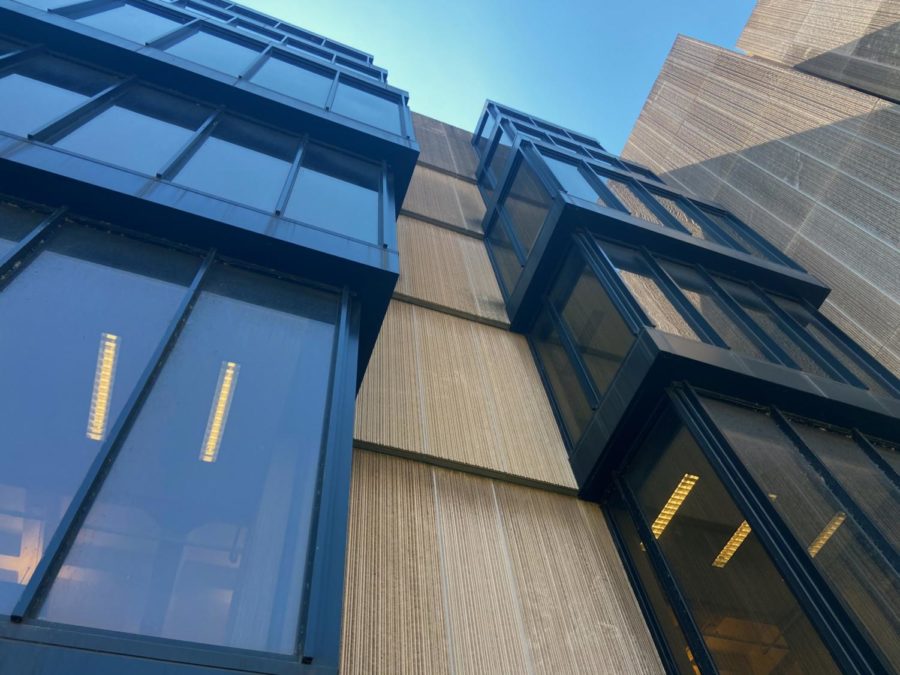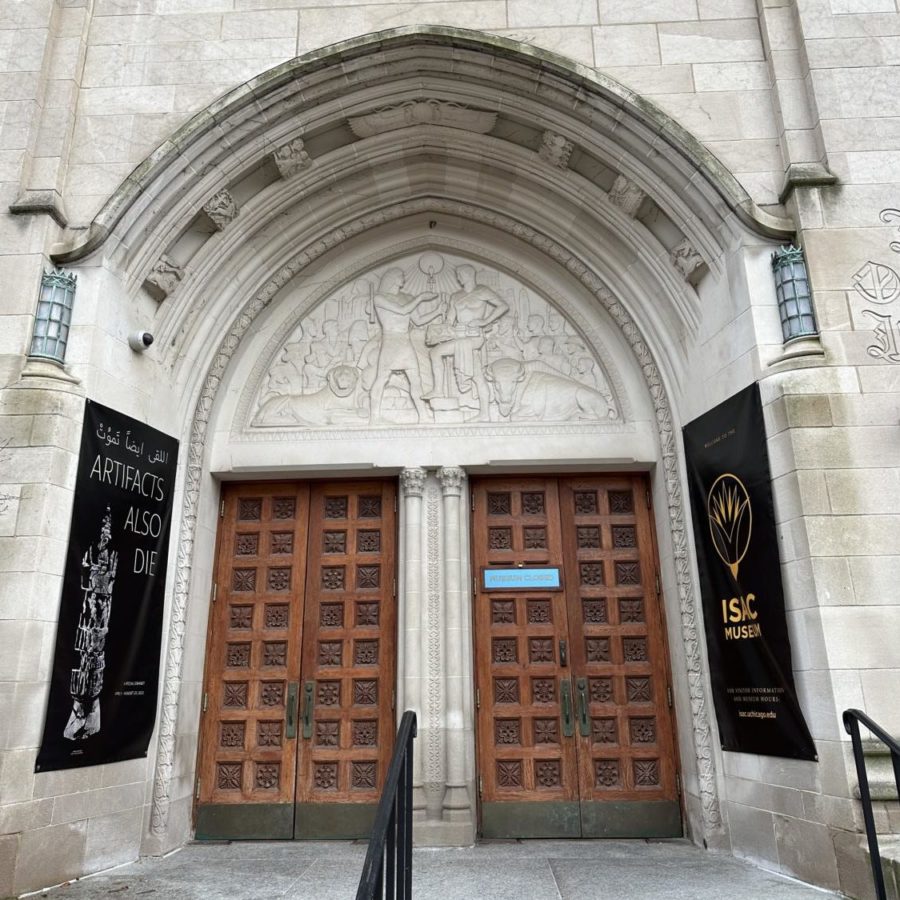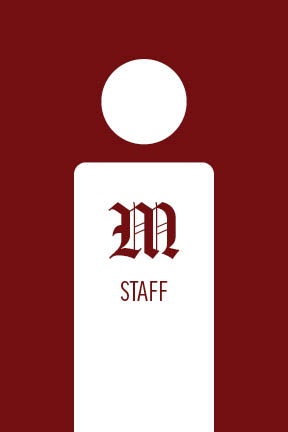Last week, the Ad Hoc Committee on Dissent and Protest released its report examining University policies on campus demonstration. The Committee was convened last year by Provost Thomas Rosenbaum in response to a protest at the University of Chicago Medical Center (UCMC) where four people—including a current student and an alum—were arrested. Rosenbaum asked the seven-member committee to examine whether demonstrations at sensitive buildings, such as the UCMC, should be treated differently than others; whether University affiliates should be treated differently than non–University affiliates; and how communication between protesters, the UCPD, and University staff could be improved. Produced after nearly a year of deliberations, however, the Committee’s report offers little clarity on the fundamental questions raised by the protest and those it was charged to answer.
The Committee concluded that the University has the right to limit protest at especially sensitive facilities, but it did not explain what kinds of facilities satisfy that description. The existing disruptive-conduct code seems to leave open the possibility of limiting protest at virtually any facility, so the distinction between sensitive and non-sensitive in this new report is even more vital. While a hospital may be especially sensitive, do buildings housing classrooms or top administrators deserve the same protection? Even at those especially sensitive facilities, the Committee argued that it is impossible to define without context the limits that may be imposed. Omitting an explanation or guidelines for what constitutes a “sensitive facility” gives the University too much discretion in imposing limits that could have a stifling effect on campus speech.
The report also waffled on whether individuals affiliated with the University should be handled differently from those who are unaffiliated in matters of protest. On the one hand, the Committee concluded that the University should minimize differences in treatment between individuals affiliated and unaffiliated with the University. On the other hand, it said that because there are separate disciplinary mechanisms for University affiliates, “in some circumstances it will be entirely appropriate for the University to treat members of its community differently from people who are not members of the University community.” The Committee does not address under what circumstances a University affiliate and non–University affiliate may be treated differently, and effectively leaves the question of differential treatment unresolved. As we have written before, the University’s “absolute commitment” to open inquiry requires that it treat University affiliates and non–University affiliates the same way.
We are also troubled by the minimal input given to the Committee by groups outside of the University. While the Committee held an open meeting last May and invited anyone to contribute via e-mail, the only community group with which it met one-on-one was the South East Chicago Commission. Visible and equal representation from both sides of the spectrum would allow the Committee to demonstrate its commitment to providing truly constructive criticism, rather than relying solely on open meeting attendance. Meeting with a broader range of community groups such as Fearless Leading by the Youth and Southside Together Organizing for Power—two of the groups that were involved in the UCMC protests and some of the most active demonstrators on campus—would have more vigorously challenged the Committee to think about its charge. This is especially striking in light of the Committee’s own advice to the University: that it “be alert to the benefits of collaborating with representatives of the neighboring communities and other stakeholders.”
While many of the Committee’s conclusions are too vague, we applaud its recommendation that there be a presumption against limiting protest and that the University clarify one of its statutes to more clearly define disruptive conduct. Protest, the Committee rightly points out, is always disruptive to some degree. Campus and Student Life has also recognized that current communication regarding protest policies is inadequate and we urge administrators to act on the Committee’s recommendation to train RSO leaders in these policies.
Because the Committee’s report leaves so much unresolved, though, students, community members, and administrators should see the document not as a conclusion to a campus controversy, but as a starting point for a larger effort to get the University to more clearly define free speech protections. We urge students and community members to robustly exercise their right to demonstrate when they feel it is necessary. The only way for policies on dissent and protest to become clearer is if students continue to raise difficult questions about the University’s absolute commitment to freedom of ideas.
The Editorial Board consists of the Editors-in-Chief and the Viewpoints Editors.










